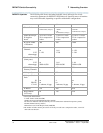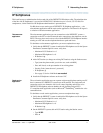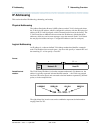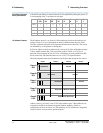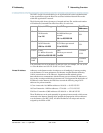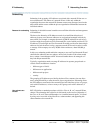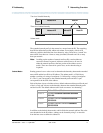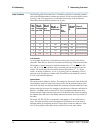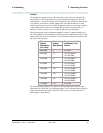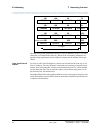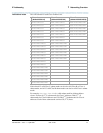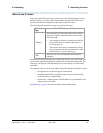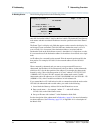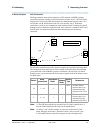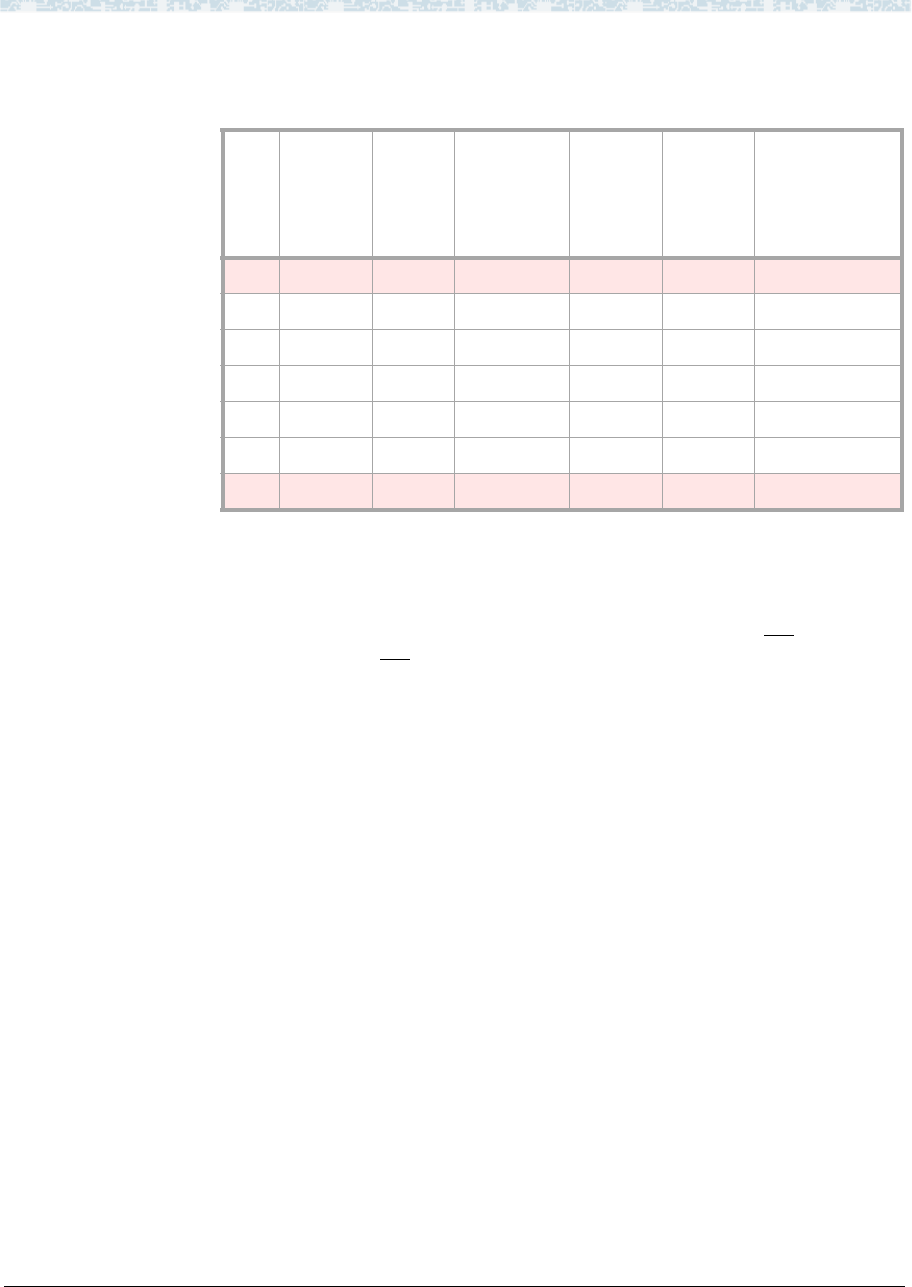
IP Addressing 1 Networking Overview
Administration for Network Connectivity
CID: 77730 555-233-504 — Issue 1 — April 2000
18
Class-C subnets The following table shows that Class-C IP addresses can have 5 subnetting schemes,
each with a different number of subnets per network. The first and last subnet, formed
by using 1 and 7 bits respectively, are unusable because they result in either the
subnet ID or the host ID having all zeros or all ones.
3-bit subnets
As an example, the third row of the table shows the results of using 3 bits for the
subnet ID. Three bits are “borrowed” from the host ID leaving 5 bits for the host IDs.
The number of subnets that can be defined with three bits is 2
3
= 8 (000, 001, 010,
011, 100, 101, 110, 111
). Of these, only 6 are usable (all ones and all zeros are not
usable). The remaining 5 bits are used for the host IDs. Of these, 2
5
– 2 = 30 are
usable. As shown in columns 2–4 (row 3), by using 3 bits for subnetting, a Class C
network can be divided into 6 subnets with 30 host IDs in each subnet for a total of
6 X 30 = 180 usable IP addresses.
Subnet mask
The subnet mask is defined as follows. The subnet bits “borrowed” from the host ID
are the highest-order bits in the octet of the host ID. The 5th and 6th columns of the
table show the binary and decimal subnet IDs, formed by using the subnet bits as the
highest-order bits in an octet. For example, in the third row of the table, the binary bit
pattern is 11100000, which is decimal 224. This is the highest number that can be
formed with the 3 high-order bits in the octet. The subnet mask is formed by putting
this number in the 4th octet of the default subnet mask (shown in the last column of
the table).
The mask, 255.255.255.224, corresponds to a bit pattern of 27 ones followed by 5
zeros. This mask would be used to check that two IP addresses are on the same or
different subnets by comparing the first 27 binary digits of the two addresses. If the
first 27 binary digits are the same, the two addresses are on the same subnet.
No.
Sub-
net
bits
No. of
Usable
Subnets
per NW
No. of
Hosts
per
Subnet
No. of
Usable IP
Addresses
Binary
Subnet
ID
(4th
Octet)
Decimal
Subnet
ID
Class C
Subnet Masks
1 0 126 0 10000000 128 255.255.255.128
2 2 62 124 11000000 192 255.255.255.192
3 6 30 180 11100000 224 255.255.255.224
4 14 14 196 11110000 240 225.225.225.240
5 30 6 180 11111000 248 255.255.255.248
6 62 2 124 11111100 252 255.255.255.252
7 126 0 0 11111110 254 255.255.255.254



